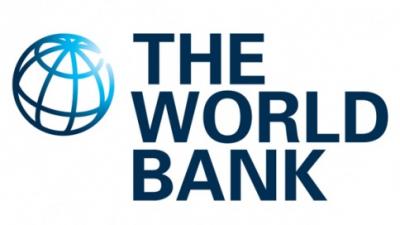The world bank published its prospective growth forecasts for the years 2023 and 2024 for countries in Latin America and the Caribbean. And Grenada is listed.
Recent developments indicate that the two territories, Latin America and the Caribbean are estimated to have grown 3.6 percent last year.
The World Bank says robust expansion in the first half of the year was driven mostly by consumption, supported by recovering labor markets.
However, activity weakened late last year, as slowing global growth and tighter financial conditions started to take effect.
REPORT:
Inflation surged in 2022, reaching multi-decade highs in many countries, with price pressures broadening to a wide array of goods and services.
Food prices rose particularly rapidly, the World Bank says.
Headline inflation appeared to peak in the middle of the year in most countries, but it remains well above central bank targets.
Accordingly, central banks continued raising policy rates last year into double digits in the region’s largest economies.
Regional investment is expected to decline this year, dampened by higher financing costs, soft business confidence and elevated policy uncertainty.
There’s expectation that the forecast for Grenada will be at 3.2 this year and at 3 next year.
In other countries within the region, the World Bank is predicting growth of 4.8 for Barbados, 4.1 for the Bahamas Belize 2.0 this year, Dominica 5.8 and the Dominican Republic 5.3, among others.
Growth in Central America is forecast to soften to 3.2 percent this year, as deceleration in the U.S. economy hampers exports and inward remittances.
The Caribbean is expected to see firmer expansion, at 5.6 percent, but this partly reflects a long-delayed recovery from the pandemic-induced recession.
Further tightening of global financial conditions could also lead to financial stress in the region’s more vulnerable economies.
The World Bank says domestic inflation could prove more persistent than anticipated, risking a move up in long-term inflation expectations.
Bringing inflation durably under control could then require additional large interest rate increases and while potentially necessary, this could further suppress near-term growth.
More broadly, the baseline forecast indicates stagnating living standards in the first half of the 2020s, with average per capita GDP growth of 0.6 percent per year over 2020-24, which could make it harder to combat a wide range of social issues, worsening barriers to sustained, inclusive development.
